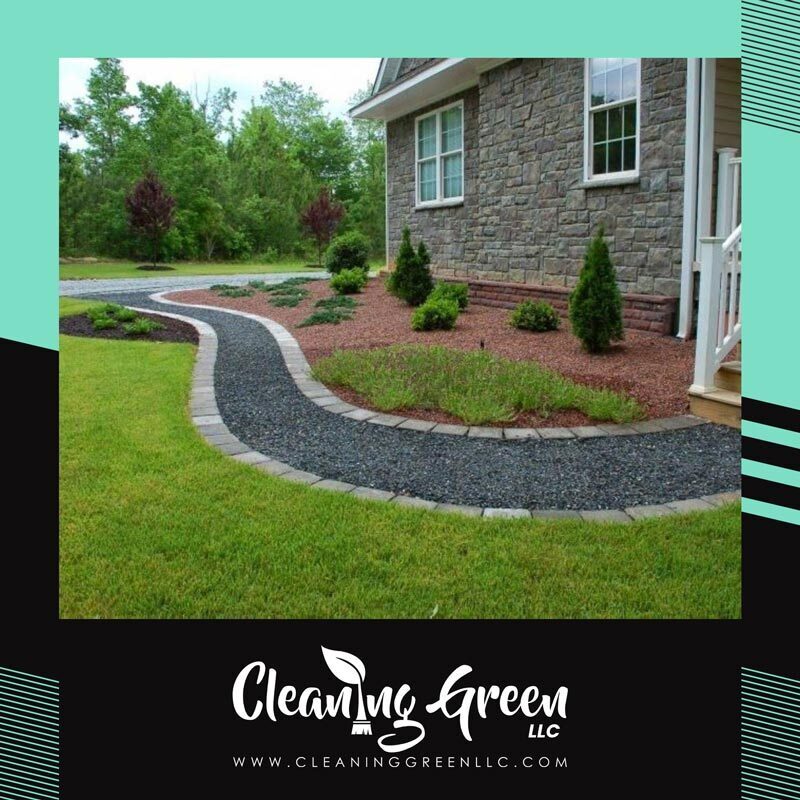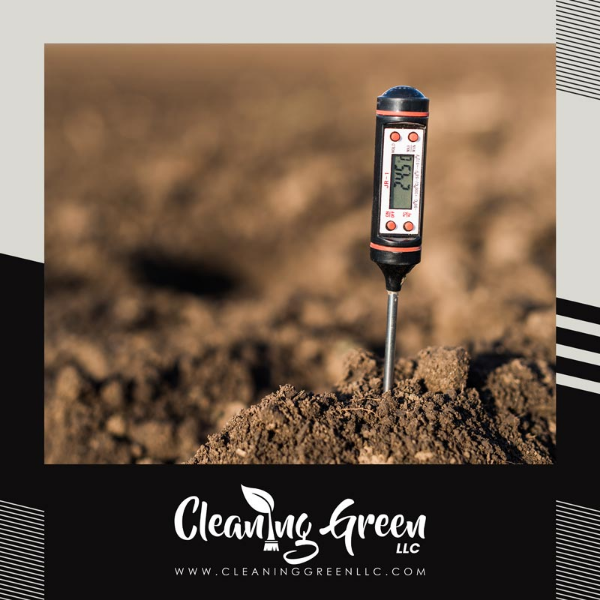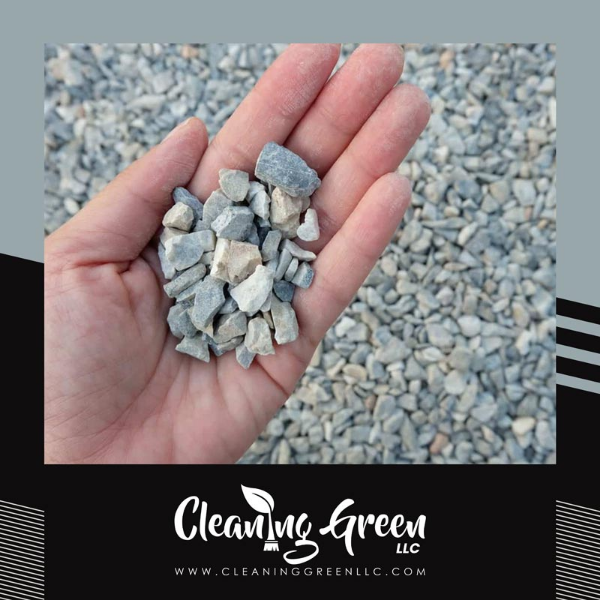A gravel garden is simply any garden featuring a gravel mulch. You can build an environmentally friendly gravel garden by using sustainably sourced gravel and choosing native plants to grow in it.
This is a great option for beginning and long-time gardeners alike. Complete your garden in a single day in early spring or fall, when plants successfully transplant most easily.








